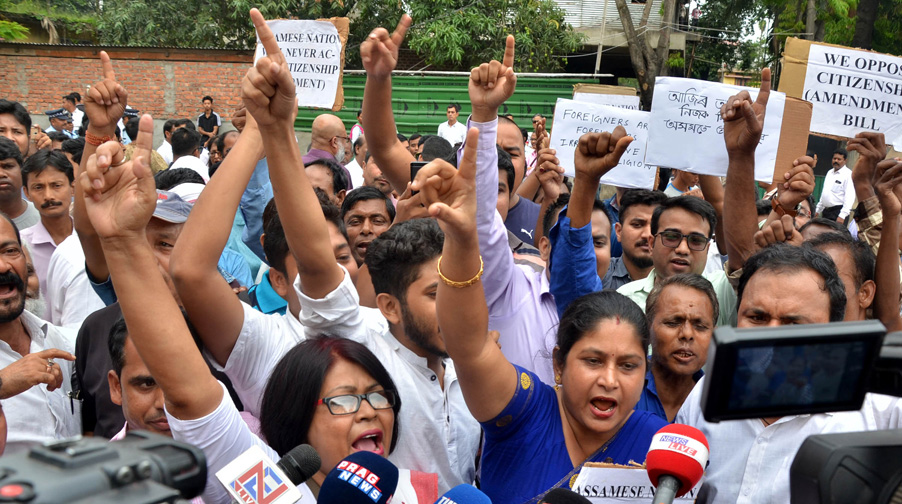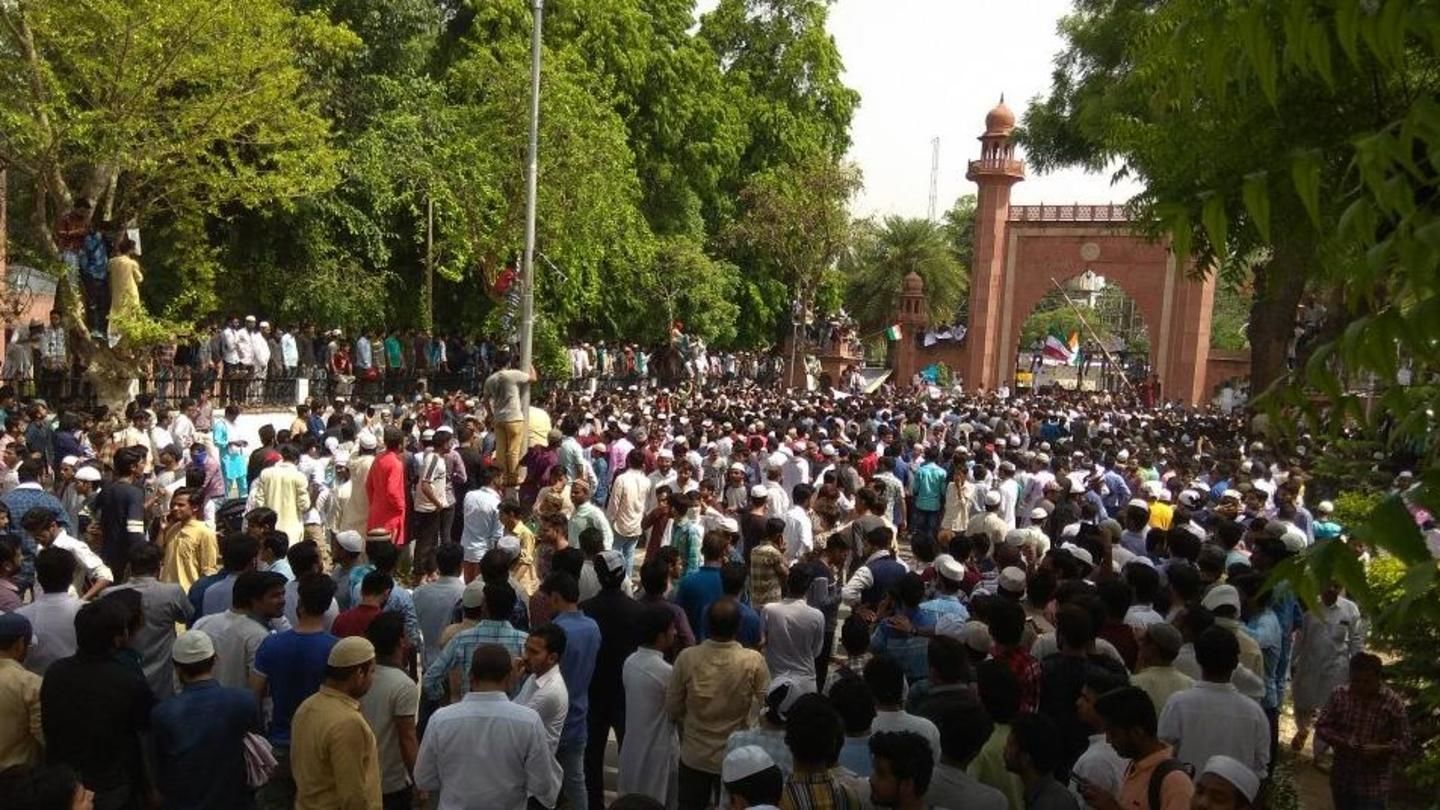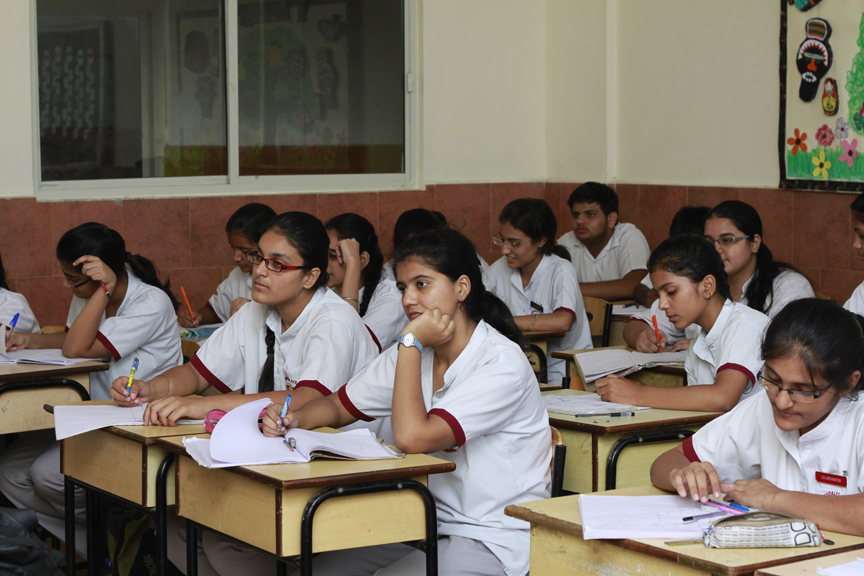
15 August is the day when Indians celebrate the country’s independence from British colonial rule in 1947. In one of the great speeches of history, Jawaharlal Nehru announced that India had kept its midnight tryst with destiny. 15 August is a less auspicious anniversary for Japan. It is the day on which, two years earlier, Japan surrendered to the Allies to mark its defeat in the great Pacific War. In one of the great understatements of history, Emperor Hirohito announced the surrender at mid-day with these immortal words: “The war situation has developed not necessarily to Japan’s advantage, while the general trends of the world have all turned against her interest.”
The emperor acknowledged “the gallant fighting of the military and naval forces” who had all, of course, fought for him as the symbol of the nation. Every country marks the ultimate sacrifice of those who died fighting. Thus even as most Americans and Australians might believe that the Vietnam and Iraq wars were wrong and should never have been fought, they will still honour and pay homage to the soldiers who died in these wars. The Australian War Memorial in Canberra is among the most respected and visited sites in the country, just as the Vietnam Memorial in Washington is among the most poignant in the US. India too is contemplating building a national monument to honour its fallen.
But what happens if the national monument houses the remains or enshrines the memory of those guilty of committing war crimes? Still more problematically, what if the dead weight of history drags down the fortunes of a nation today and intersects with changing power equations and struggles?
Tensions in East Asia
The state of relations in East Asia is unsettled and somewhat tense. The problem of German power caused two world wars centred on Europe — the first one exactly a hundred years ago this month — and was solved initially by the division of Germany into two and then by the successful integration of united Germany into a peaceful and prosperous European order. The major power rivalry in the Pacific between China, Japan, Russia and the US was never settled with matching decisive finality. Now once again, the global and regional orders are in transition.
The China-US relationship is the most important geopolitical dynamic of our time. Its primary characteristic is strategic distrust based on competing long-term intentions. The US is the status quo power resistant to overturning the existing US-centric regional order. China’s larger goal is to recreate the pre-western Sino-centric order. At the same time, both also share many critical interests such as the health of the global climate, the existing economic order that has facilitated the re-emergence of China as a major power, and freedom of navigation on the high seas.
How can Washington be persuaded to cede reasonable strategic space to Beijing? China will vigorously contest any US effort to assert dominance in East Asia, with potentially grave risks involved in such a clash of wills between the relatively rising and declining powers. The strategic uncertainty also poses dilemmas for other countries on how far to accommodate China or balance that with reinvesting in security links with the US. A specific test of the impact of the changing China-US relations on regional security is how best to handle the threat of North Korea as a nuclear-armed State.
There are territorial disputes that could well become flashpoints to armed conflict which no one wants, all would be damaged by, but whose escalation dynamics could prove unstoppable. Like the rising and expansionist Japan in the interwar period of the past century, a rising and increasingly more powerful China has been engaged in various probing manoeuvres against several countries in the region, in the process testing not just their resolve but also the reliability and limits of their security links with Washington. The so-called “salami-slicing” tactics (not dissimilar to Japan’s land tactics against a weak China in the 1930s), including the deliberately undefined nine-dash line, are fraught with danger. Gordon Chang, the author of The Coming Collapse of China (2001), also notes two other similarities from the 1930s: the belief that the ascendant power is surrounded by hostile enemies determined to thwart its rise, and loose civilian control of Asia’s biggest army. The sensible strategy would be to refer all territorial disputes to the World Court for adjudication, which would likely produce both losses and gains for most players. Unfortunately, history’s crossroads are rarely marked by the choice of sensible paths to follow.
The ghosts of history
Another critical cause of tension is that all countries still live in the shadow of the yet-to-be exorcised ghosts of Japan’s militaristic history. Periodic expressions of remorse and apology for past aggressions and atrocities are undermined by the many more instances of qualifying and shuffling back from those expressions. Little wonder that neighbouring countries and friendly international observers remain confused and unconvinced about the sincerity, breadth and depth of Japan’s remorse and apology. It is hard to see how Japan can become a normal country — where, rather than carry grievances about its ugly past, neighbours focus on its present friendly and democratic identity even as constitutional restrictions on the development and possible overseas role of the military are lifted — until history’s ghosts are firmly buried.

Against this backdrop, visits to the Yasukuni Shrine by the prime minister serve only to add highly combustible fuel to an already volatile situation. Yasukuni is a Shinto shrine in the heart of Tokyo (within walking distance from the Imperial Palace and just across from the Indian Embassy) founded by Emperor Meiji in 1869 to commemorate Japanese who have died for the nation. Almost 2.5 million individuals are enshrined there. In 1978, when he took over as head priest, Nagayoshi Matsudaira, who rejected the Tokyo war crimes tribunal’s verdicts, secretly enshrined 14 Class A convicted and executed war criminals. This became public knowledge in 1979. While the emperor has not visited the shrine since, some prime ministers (Yasuhiro Nakasone 1985, Ryutaro Hashimoto 1996, Junichiro Koizumi 2001-06, Shinzo Abe 2013) and Cabinet colleagues have.
Every country honours its war dead and no country would begrudge Japan doing the same. But enshrining the worst war criminals in Yasukuni made visiting it officially extremely problematical. Adding to the depth of the offence is the nearby Yushukan war museum (1882), which seems to support the revisionist view of the 1931-45 history and glorify Japan’s imperial rule. Another disturbing feature for the victim countries is the monument erected in Yasukuni in 2005 to Radha Binod Pal, the lone dissenting judge from India in the Tokyo war crimes tribunal who found all Japanese defendants not guilty and described the tribunal’s verdict as an example of victors’ justice.
As Indians know from the 1984 anti- Sikh riots in Delhi and the 2002 anti- Muslim pogrom in Gujarat, emotional and political closure is difficult without acknowledgment of guilt, remorse and accountability for the perpetrators. In an image still considered an icon of historical reconciliation, on 7 December 1970, West German Chancellor Willy Brandt visited the memorial to the Warsaw Ghetto uprising of 1943. Nazi troops suppressed the uprising and deported remaining ghetto residents to the concentration camps for extermination. Brandt dropped to his knees, apparently spontaneously, in silent reflection, penitence and atonement on behalf of Germans past and present. Many were deeply moved by this profound gesture of apology and Germans and the victims of Nazi atrocities alike could begin the long process of healing and reconciliation that has stood the test of time. Brandt later explained: “On the abyss of German history and carrying the burden of the millions who were murdered, I did what people do when words fail them.”
Brandt’s successor as chancellor of united Germany, Gerhard Schroder, was to recall the poignant moment when dedicating Willy Brandt Square in Warsaw on 6 December 2000. The silent gesture had expressed what no words could have done: “We committed crimes and we confess to these crimes.” The fleeting moment had become an eternal symbol of acknowledging the past and accepting the obligation flowing from it for reconciliation and a common future, Schroder added.
Repent and atone
Is there scope for as dramatic, moving and memorable a gesture in East Asia today? The Nanjing Massacre Memorial commemorates the 250,000-300,000 Chinese killed by soldiers of the Japanese Imperial Army in six weeks beginning 13 December 1937. The memorial is very effective in conveying the reality and horror of the massacre and achieves an emotional impact comparable to Hiroshima and Nagasaki. This has not prevented historical revisionists from claiming that the incident has been exaggerated or even fabricated to malign Japan. In a conversation there last August, former Australian Foreign Minister Gareth Evans and I reflected how a visit by Prime Minister Abe would be a game-changer in Japan’s relations with all regional countries.
A fulsome apology delivered with sincere contrition and humility in Nanjing might even ease Abe’s goal of shifting Japan towards a “normal” country in foreign policy and defence. Neighbours worry about Japan’s potential for militarism because of its unconvincing efforts to shake off the ghosts of history. If sufficiently reassured that Japan has come to terms with its past, the Yasukuni controversy has been permanently put to rest, and history textbooks will teach future generations the full and true story of Japan’s misdeeds in the 1930s-40s, all Southeast and East Asian neighbours could relax and focus on the radically different Japan of today.
But many Japanese were also victims of the war. In 2002, I had the solemn responsibility and great honour to represent the then UN secretary-general Kofi Annan at the 6 August ceremony in Hiroshima. It was an intensely emotional experience. I was surprised to learn that no serving US president has ever attended the commemorative ceremony in Hiroshima or Nagasaki.
A formal US apology would be too controversial and could inflame passions instead of facilitating reconciliation. However, President Barack Obama has eloquently articulated the vision of a world free of the threat of nuclear weapons, most notably in Prague in 2009 and again in Berlin in June last year. By visiting Hiroshima or Nagasaki before he leaves office, he could acknowledge the sufferings of the victims of the A-bomb and reaffirm the pledge: Never again must atomic weapons be used, anywhere.
And a similar visit to either Hiroshima or Nagasaki by President Xi Jinping would mark a fitting symbolic and public acknowledgment by China of Japanese victims of the horrors of war and an opportunity to endorse the pledge.




